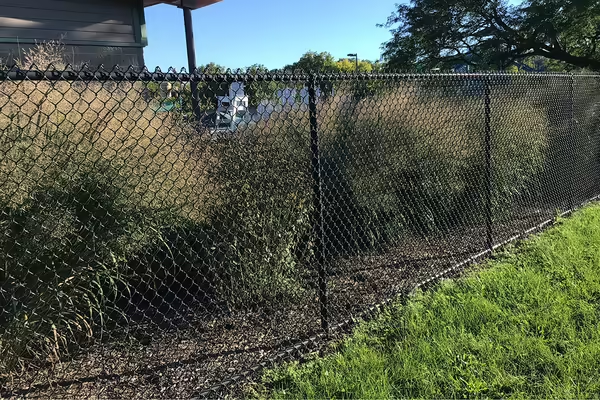
URBANA, Ill. — Plants serve a lot of purposes in the landscape. One of which is to add some privacy. Screening plants can help define and give purpose to a space. Homeowners may wish to screen a particular area or transparency in the landscape, creating interest in what lies beyond.
First, start with a base map of your property drawn to the scale of your choice. This overall view allows you to identify existing spaces or those that you want to create. Integrate existing plants as well as structures, pavements, and other features of the landscape into the map. How you currently use and how you plan to use an area in the yard can help delineate these spaces.
Create a wish list of what you want to accomplish with the landscape. Identify areas where you want to relax, entertain, or create a private space. The function of the landscape is important and should not be neglected in the design. Think about where the focal points will be from both inside and outside the residence.
You may want to shelter some items from view, like a poolside or an outdoor eating area. Using diagrams, overlay your base map and think through the aspects of the design. What do you want to conceal in the landscape? The view of the neighbor’s house may be a consideration. Be a good neighbor, and before planting, investigate if plants are invasive or have a spread that may encroach on their side of the property line.
Investigate what plants are available in your area according to your hardiness zone and create screened views with the right plant in the right place.
Select plants based not only on their hardiness and cultural requirements but also their function. A variety of plant sizes can be used to screen a view. The palette of plants available may go beyond the usual thinking. Enjoying the outdoors with a background of well-planned plants creates a nice surrounding of seclusion and offers opportunities for exploration.
To help select plants, look for contrasting types of foliage. Do you want a year-round screen? A screened view doesn’t necessarily need to be achieved with evergreen plants. There are a wide number of perennials and even some annuals that can be used as screening plants. Moonflower is an annual that can even add interest at night with its nocturnal blooms. Hydrangea, Bee Balm, Joe-Pye-weed, ‘Sun King’ Aralia, and Royal Purple Smoke Tree are great perennials for screening.
A berm can also raise the traditional height of plants and enhance the screening effect. Think about the focal points of the room and the view that is being created with the design. For color, go beyond monochromatic green and add hints of color to attract the eye. Variegation may also add some appeal. Blooms can add to the beauty and provide an aroma to be enjoyed throughout the season if carefully planned. For example, if you wish to draw a person from one screened area to the next, a focal point or specimen plant visible from the adjacent space prompts curiosity and can entice someone to move through the garden.
Signs and arrows are useful for finding paths of circulation or identifying focal points to enhance with screening plants. Enjoying the outdoors with plants is a great way to escape into nature and enhance your lifestyle. Less mowing and more growing can free some of your schedule to find a place of escape.
For more research-based information on landscape design, connect with your local University of Illinois Extension county office at go.illinois.edu/ExtensionOffice.
WRITER: Andrew Holsinger is a Horticulture Educator with University of Illinois Extension, serving Christian, Jersey, Macoupin, and Montgomery counties. Gardeners Corner is a quarterly newsletter from gardening experts around the state. Each issue highlights best practices that will make your houseplants, landscape, or garden shine in any season. Join the Gardener’s Corner email list at go.illinois.edu/GCsubscribe for direct access to timely tips.
PHOTO ACCESS: The photo in this article is available to download for media use. Photo by Andrew Holsinger.
Illinois Extension leads public outreach for University of Illinois by translating research into action plans that allow Illinois families, businesses, and community leaders to solve problems, make informed decisions, and adapt to changes and opportunities. Illinois Extension is part of the University of Illinois Urbana-Champaign College of Agricultural, Consumer and Environmental Sciences.